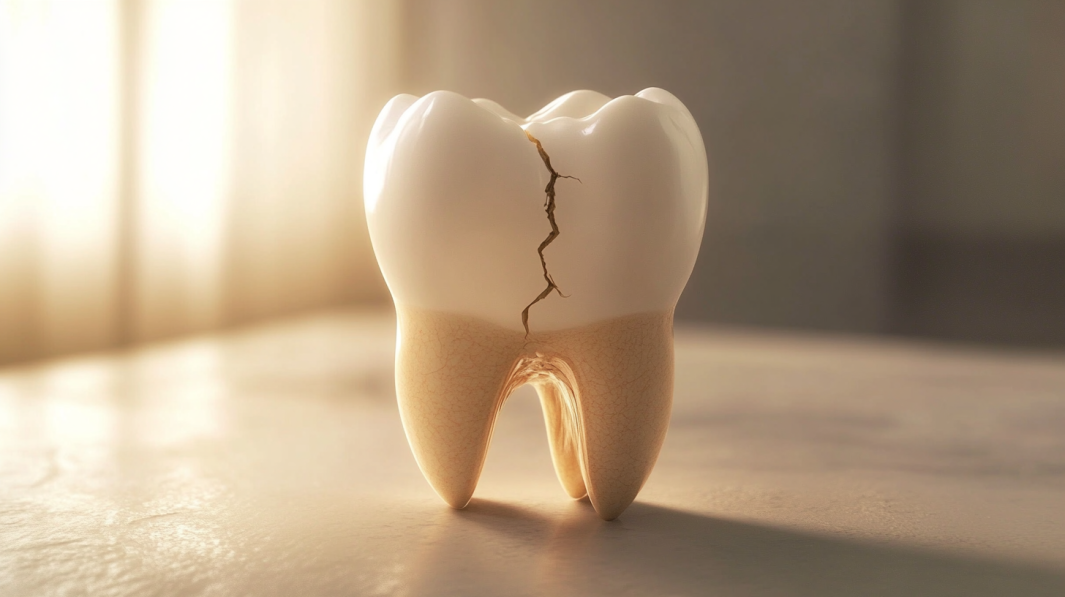A cracked tooth can occur due to various reasons, from biting down on hard foods to experiencing dental trauma.
This common dental issue can range from a minor inconvenience to a severe problem requiring immediate attention. Recognizing the signs of a cracked tooth early on is crucial for proper treatment and prevention of further damage.
The best options for repairing a cracked tooth depend on the severity and location of the crack, with treatments ranging from dental bonding and crowns to root canals and extractions.
4 Professional Repair Options
1. Dental Bonding
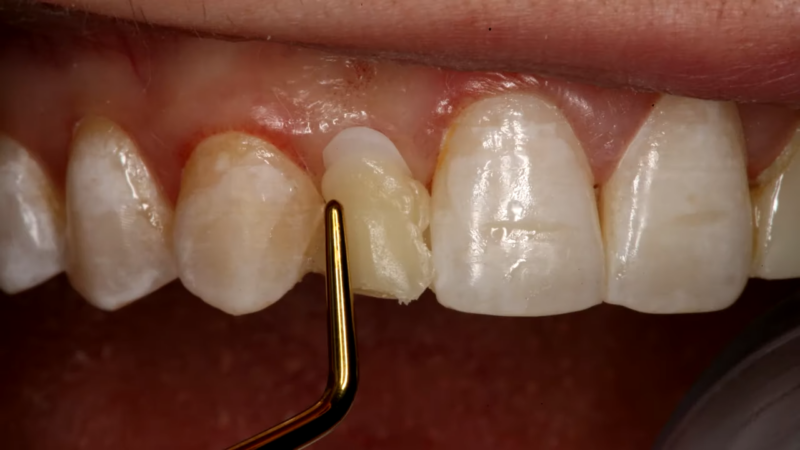
Dental bonding is a quick and cost-effective solution for minor cracks. The dentist applies a tooth-colored resin material to the affected area, shaping it to match the natural tooth structure.
The bonding material is then hardened using a special light. This procedure typically takes 30-60 minutes per tooth and can often be completed in a single visit.
Dental bonding is ideal for small, cosmetic cracks that don’t extend below the gum line. It’s less durable than other options but can last several years with proper care.
2. Root Canal Therapy
For cracks that extend into the tooth’s pulp, root canal therapy may be necessary. This procedure involves removing the damaged pulp, cleaning the root canal, and sealing it to prevent infection.
Root canal therapy is typically performed over 1-3 visits. The dentist first removes the infected pulp and cleans the canal. They then fill the canal with a rubber-like material and seal it.
After a root canal, the tooth often requires a crown for added protection. This treatment saves teeth that might otherwise need extraction due to extensive damage or infection.
3. Dental Crowns
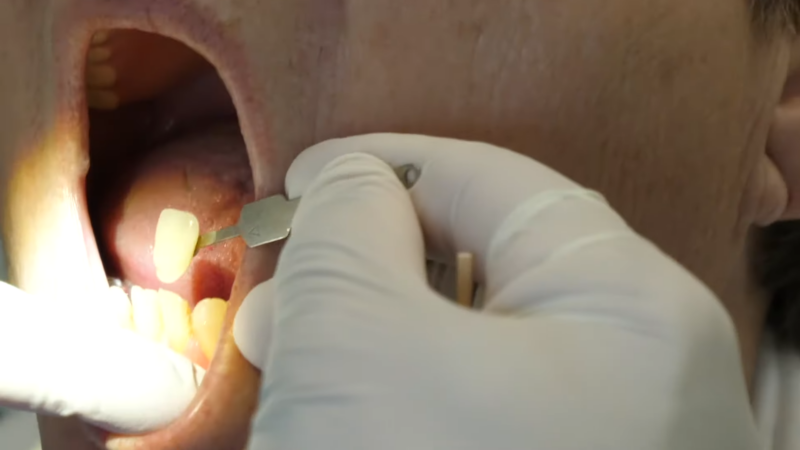
Dental crowns are cap-like structures that cover the entire visible portion of a damaged tooth. They’re an excellent option for more severe cracks or teeth weakened by extensive decay.
Some dentists offer CEREC crowns, which can be designed, created, and placed in a single visit, providing a quicker alternative to traditional crowns.
The process usually involves two visits. During the first, the dentist prepares the tooth by removing damaged areas and shaping it to fit the crown. They take impressions and place a temporary crown.
At the second visit, the permanent crown is cemented in place. Crowns can be made from various materials, including porcelain, metal, or a combination. They provide long-lasting protection and restore the tooth’s function and appearance.
4. Tooth Extractions and Implants
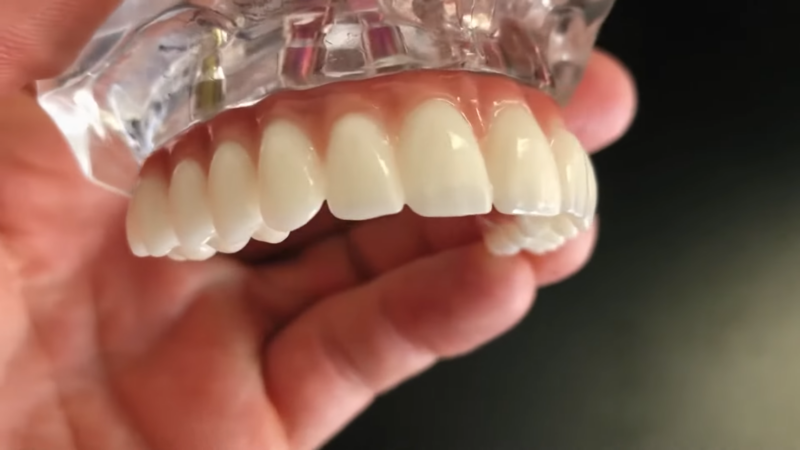
In cases of severe cracks, especially those extending below the gum line, tooth extraction may be the only viable option. After extraction, a dental implant can replace the lost tooth.
The implant procedure involves surgically placing a titanium post in the jawbone. After healing, an artificial tooth is attached to the post. This process typically takes several months to complete.
While more invasive and costly, implants provide a permanent solution that closely mimics natural teeth in both function and appearance. They help maintain jaw bone density and prevent shifting of adjacent teeth.
5 Types of Tooth Cracks
- Craze lines: Tiny cracks in tooth enamel, usually harmless and painless.
- Fractured cusps: Cracks around tooth fillings or corners of teeth.
- Vertical root fractures: Cracks starting at the root and extending upward.
- Split tooth: A crack that divides the tooth into separate segments.
- Vertical cracks: Fractures running from the chewing surface toward the root.
The severity and treatment options depend on the crack’s location, depth, and extent.
Symptoms of a Cracked Tooth
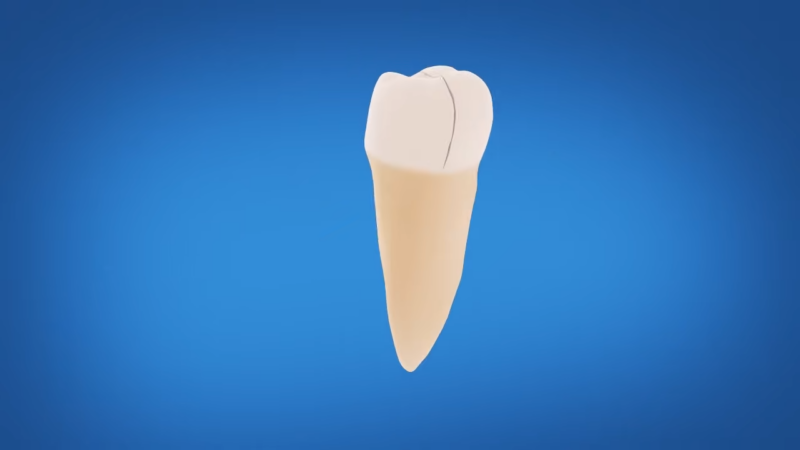
Identifying a cracked tooth can be challenging, as symptoms may come and go. Common signs include:
- Sharp pain when biting or chewing
- Sensitivity to hot, cold, or sweet foods
- Intermittent toothache
- Swollen gums around the affected tooth
Some cracks may be visible, while others require dental X-rays for detection.
Endodontists specialize in diagnosing and treating cracked teeth, using advanced techniques to assess the damage.
Immediate Actions to Take
Pain Management

Rinsing with warm saltwater can help clean the affected area and provide relief. Mix half a teaspoon of salt in a cup of warm water and swish gently for 30 seconds.
Over-the-counter pain relievers like ibuprofen or acetaminophen can help reduce discomfort. Follow the recommended dosage on the packaging.
Applying a cold compress to the outside of the cheek near the cracked tooth can help numb the area and reduce swelling. Use the compress for 15 minutes at a time, with 15-minute breaks in between.
Avoid chewing on the side of the mouth with the cracked tooth to prevent further damage and pain.
Temporary Home Solutions
Dental wax can be used to cover the sharp edges of the cracked tooth, preventing it from cutting the tongue or cheek. This can be found at most pharmacies.
Temporary filling materials are available for at-home use. These can help protect the tooth until a dentist appointment is possible.
Clove oil, known for its natural analgesic properties, can be applied to the affected area using a cotton swab for temporary pain relief.
Avoiding extreme temperatures in food and drinks can help prevent sensitivity and further discomfort.
If the pain is severe or the crack worsens, contacting an Akutt Tannlege Oslo ensures you receive fast, professional emergency care before the damage becomes more serious.
Post-Treatment Care
Maintaining Oral Hygiene
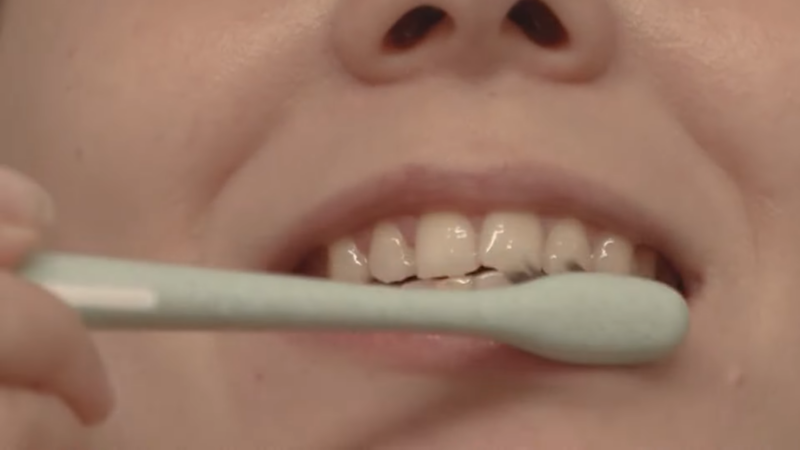
Brush teeth gently twice daily using a soft-bristled toothbrush. Focus on the repaired tooth, but be careful not to apply excessive pressure. Use fluoride toothpaste to strengthen enamel and prevent future cracks.
Consider incorporating purple toothpaste into your routine, which can help to neutralize yellow tones and enhance the natural brightness of your teeth.
Floss daily, taking extra care around the treated tooth. Consider using an interdental brush or water flosser for thorough cleaning between teeth.
Rinse with an alcohol-free, antimicrobial mouthwash to reduce bacteria and promote healing. Avoid extremely hot or cold foods and drinks for the first few days after treatment.
If prescribed antibiotics or pain medication, take as directed. Follow any specific care instructions provided by your dentist, such as avoiding certain foods or activities for a specified period.
Avoiding Future Cracks
Wear a custom-fitted mouthguard during sports or physical activities to protect teeth from impacts. Avoid chewing on hard objects like ice, pens, or fingernails.
Be cautious when eating hard foods like nuts or candies. Cut them into smaller pieces or avoid them altogether if advised by your dentist.
If you grind your teeth at night, ask your dentist about a night guard to prevent excessive wear and potential cracks.
Maintain a balanced diet rich in calcium and vitamin D to strengthen teeth. Limit sugary and acidic foods that can weaken enamel over time.
Regular Dental Check-Ups
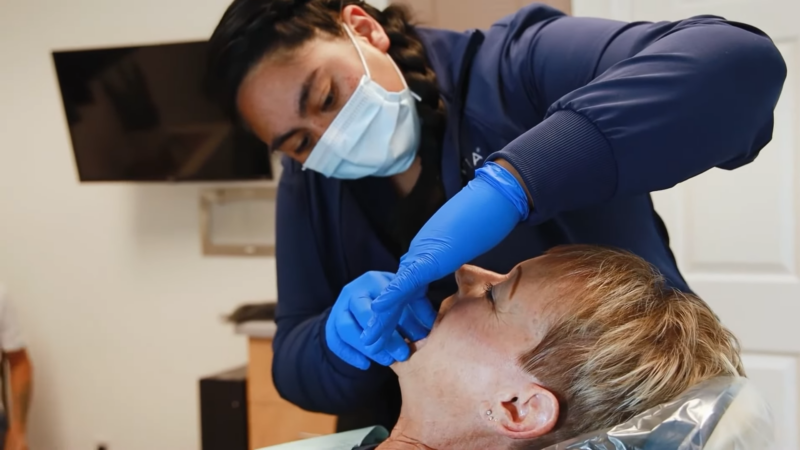
Schedule follow-up appointments as recommended by your dentist to monitor the repaired tooth’s healing progress. Attend routine dental check-ups every six months for professional cleaning and examination.
During these visits, your dentist will assess the stability of the repair and check for any signs of further cracking or damage. X-rays may be taken to evaluate the tooth’s internal structure.
Inform your dentist immediately if you experience pain, or sensitivity, or notice any changes in the repaired tooth. Early detection of issues can prevent more serious complications.
Discuss any concerns or questions about your repaired tooth during these appointments. Your dentist can provide personalized advice on maintaining optimal oral health.
Cost and Insurance Considerations
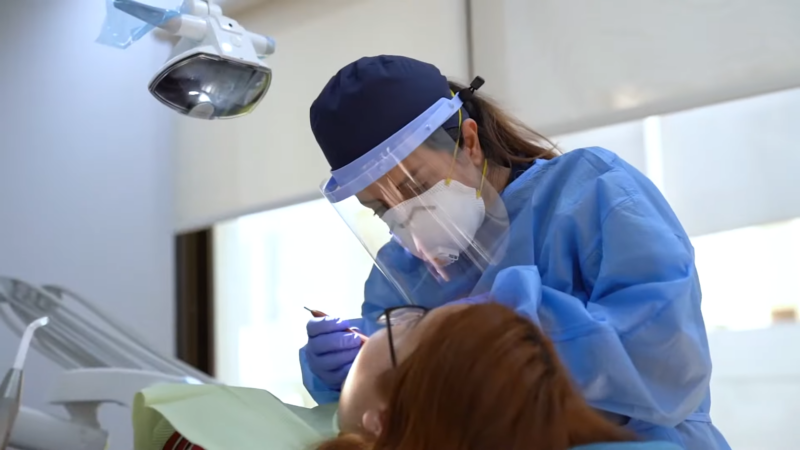
The cost of repairing a cracked tooth varies depending on the severity of the damage and the chosen treatment method. Dental fillings typically range from $150 to $2,800 per tooth without insurance.
Dental bonding costs between $100 and $550 per tooth, making it a more affordable option for minor cracks.
For more extensive damage, dental crowns can cost $500 to $1,500 per tooth without insurance coverage.
Insurance plans often cover a portion of these treatments, but coverage varies. Many policies consider crack repair a restorative procedure and may cover 50-80% of the cost after deductibles.
Patients should check with their insurance provider to understand their specific coverage for cracked tooth repairs. Some plans may have waiting periods or annual maximums that affect out-of-pocket expenses.
For those without insurance, dental offices may offer payment plans or financing options to help manage costs. Seeking treatment promptly can prevent further damage and potentially more expensive procedures in the future.

